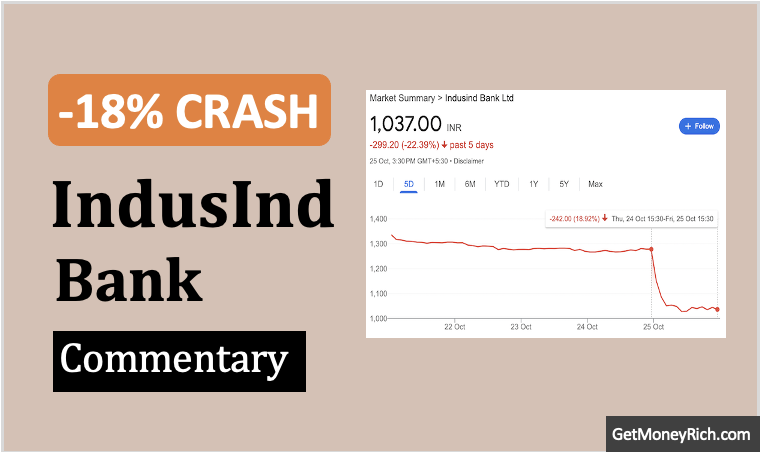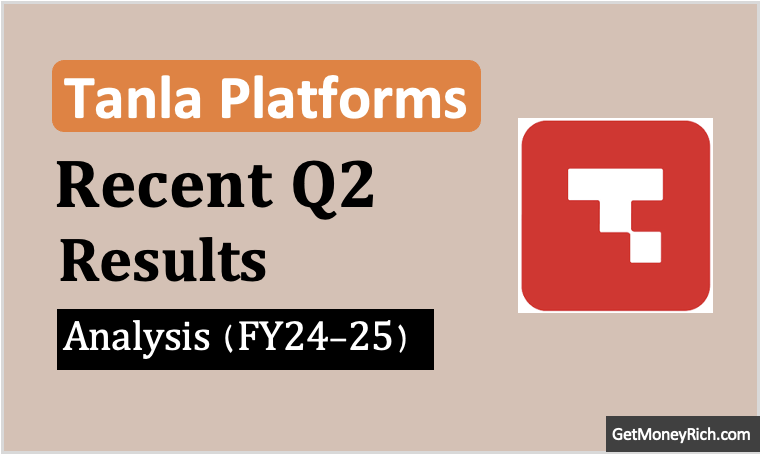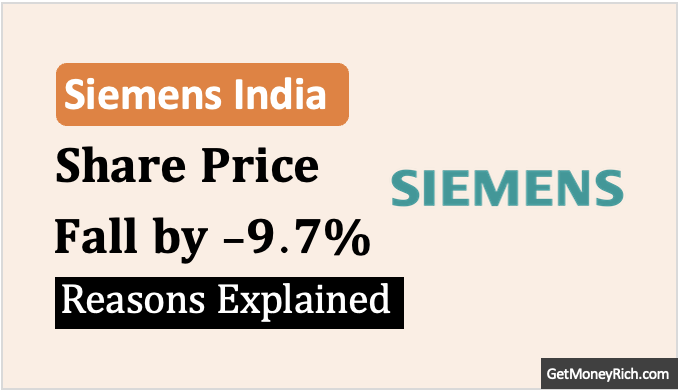Summary:
- The Supreme Court invalidated JSW Steel’s acquisition of Bhushan Power and Steel, citing violations of India’s insolvency laws and significant procedural lapses.
JSW Steel Financial Impact Calculator
Estimate the financial and operational impact on JSW Steel due to the Bhushan Power acquisition rejection. Adjust the sliders and click “Calculate” to see results.
Estimated Impact
EBITDA Shortfall: Rs.0 crore
Production Capacity Loss: 0 MTPA
Potential Investment Write-off: Rs.19,700 crore (fixed, as per resolution plan)
Introduction
The Supreme Court of India recently delivered a significant judgment invalidating JSW Steel’s acquisition of Bhushan Power and Steel Limited (BPSL). It was a takeover that was completed in 2021. This decision has far-reaching implications for the involved parties and the broader process of insolvency resolutions in India.
The apex court cited several critical reasons for its order. The judgemet was primarily focusing on violations of the Insolvency and Bankruptcy Code (IBC). Then there has also been significant procedural lapses throughout the resolution process. This is also caused the Supreme Court to take a strong judgement.
Before we start discussing in detail on what went wrong, let’s recap the history for a perspective.
1. Background of the Insolvency Proceedings
The insolvency proceedings against Bhushan Power and Steel Limited (BPSL) were initiated due to the company’s substantial debt burden. It was approximately Rs.47,000 crore owed to banks by 2017.
The Reserve Bank of India identified BPSL as one of the twelve large non-performing assets for priority resolution under the IBC.
The process to find a buyer for the insolvent company involved multiple bids. JSW Steel’s offer of Rs.19,700 crore emerging as the successful one in September 2019.
This resolution plan received approval from NCLT on September 5, 2019 and was subsequently upheld by the National Company Law Appellate Tribunal (NCLAT) on February 17, 2020.
Despite these approvals, the acquisition was not completed until March 2021.
Following the acquisition, JSW Steel invested significantly, about Rs.4,000 crore, to expand BPSL’s production capacity from 2.75 million tonnes to 4.5 million tonnes. They also plans to further increase the capacity to 10 million tonnes by 2030-31.
The entire resolution process, from the initiation of insolvency proceedings in 2017 to the Supreme Court’s order in 2025, spanned approximately eight years.
2. Why The Deal Went To The Supreme Court
The deal between JSW Steel and BPSL initially received approval from the NCLT and subsequently from the Appellate Tribunal (NCLAT).
However, this approval was challenged, leading to a batch of appeals being filed before the Supreme Court.
These appeals were filed by operational creditors like Kalyani Transco, the former promoter of BPSL (Sanjay Singhal), and other creditors.
The Supreme Court ultimately heard these appeals, which questioned the legality and implementation of the resolution plan approved by the lower tribunals.
3. Key Reasons for the Supreme Court’s Order
The core issues raised in these appeals revolved around violations of the Insolvency and Bankruptcy Code (IBC).
The Supreme Court’s decision was also based the nature of financing used in the deal. The fact that financing structure of the acquisition used the optionally convertible debentures instead of only equity, Supreme Court found it not compliant.
There were also significant delays in the implementation of the resolution plan by JSW Steel, the Supreme Counrt also cited this reason in the judgement.
We’ll discuss more about three key reasons it in this blog post.
Keep reading
3.1. Violation of Section 30(2) and Section 31(2) of the IBC
The cornerstone of the Supreme Court’s judgment was the finding that JSW Steel’s resolution plan did not adhere to the mandatory requirements.
There are two sections of the IBC which were found non compliant.
First was sub-section (2) of Section 30. Second, is the sub-section (2) of Section 31 which is read with the Section 30 (2). The JSW Steel’s resolition plan did not meet these sections.
- Section 30(2) of the IBC outlines the criteria that a resolution plan must cover these costs. One such cost if the provisions for the payment of insolvency resolution process costs. Another cost if the repayment of debts of operational creditors. The cost related to the treatment of other stakeholders is also part of the deal.
- Section 31(2) empowers the Adjudicating Authority (NCLT) to reject a resolution plan if it does not comply with the requirements under the IBC.
The Supreme Court explicitly stated that the resolution plan approved by the Committee of Creditors (CoC) was not in conformity with these essential provisions.
3.2. Improper Use of Optionally Convertible Debentures (OCDs)
Another significant reason for the Supreme Court’s decision was JSW Steel’s utilization of a combination of equity and Optionally Convertible Debentures (OCDs) to finance the acquisition of BPSL.
The Supreme Court determined that the approved resolution plan stipulated that the acquisition should be financed solely through equity.
The inclusion of OCDs constituted a deviation from this approved plan and a violation of the IBC norms.
The court noted that this “illegality” in the financing structure was apparent from the outset of the implementation of the resolution plan in 2021 but was not addressed until the Supreme Court’s intervention in 2025.
3.2.1 What Are Optionally Convertible Debentures (OCDs)?
Just for example, consider that there is a company which needs money.
Instead of just taking a loan (which is a debenture), they give you something that could become shares in the company later (that is why the use of the term ‘optionally convertible.’
So, an OCD is like a loan that has the option to change into ownership (equity) in the future.
For example, if you buy an OCD worth Rs.1,000 with a fixed conversion price of Rs.100, you have the option to receive 10 equity shares in the future instead of getting your Rs.1,000 back.
Until you choose to convert, or until the maturity date, you will also receive regular interest payments from the company, say at 5% annually.
However, the convertion can be done only after the lockin period is over (say 1.5 years).
Now suppose, the conversion window has arrived and the market price of the company’s shares is only Rs.80, you might choose not to convert since you’d get shares worth less than your Rs.1,000 investment. You can continue to hold the OCD till its maturity (say 3,5 etc years).
In that case, you’d continue receiving interest until the company repays your principal at maturity.
3.2.2 Why IBC rules wanted Equity and not OCD?
Why did the IBC rules focus on equity for buying companies in trouble, and not OCDs?
I think, the main goal of the IBC is to resolve the company’s debt issues and ensure a clear transfer of ownership for its revival.
- Equity directly gives the buyer ownership and responsibility.
- OCDs, on the other hand, start as debt.
Even though they can be converted to equity later, there might be concerns about the commitment of the buyer and the potential for the company to remain under a debt-like structure for a while.
The IBC likely prefers a clean break with the past debt through a direct equity infusion, ensuring the new owner has a real stake and is fully invested in the company’s future.
In my view, this focus on equity aims for a more definitive resolution and avoids prolonging the financial uncertainty.
3.2.3 Why Creditors of Bhushan Power Agreed For OCDs During Resolution?
The resolution plan offered a recovery of only about 41% (my estimate) of the total admitted claims of the financial creditors.
I think, accepting OCDs might have been a way for creditors to potentially recover more value in the future if the company turned around and the debentures were converted into equity.
It’s also possible that the resolution plan proposed by JSW Steel had a larger overall value if it included OCDs compared to an all-cash offer.
Non-OCD resulution was probably less appealing to the creditors considering the significant haircut they were already taking.
3.2.4 What is the risk with OCDs?
For example, imagine there is an Indian bank which gave Rs.100 crore loan to Bhushan Power. Now, Bhushan Power was not able to pay it back, hence the matter reached NCLT.
NCLT gave the resolution plan of JSW Steel taking over Bhushan Power by paying Rs.100 crore to the Bank in equity as per IBC rules.
Now, JSW Steel is saying, “Instead of giving you back Rs.100 crore in cash right now, we’ll give you these papers called OCDs worth Rs.100 crore.” These OCDs are like a promise that might turn into ownership shares in the future (in the company that JSW Steel now owns, Bhushan Power under JSW’s control).
The risk for the bank is that this Rs.100 crore isn’t guaranteed cash immediately. The value of these OCDs depends on how well Bhushan Power performs under JSW Steel.
If the company does well, the share price of the company (Bhushan Power) will be higher than the conversion price (see what is OCDs in 3.2.1). In this case, the banks will convert their OCDs into shares and then sell their shares for higher profits. Else (if the company does not do well), the banks will get only their principal back with regular interest payments they received in the past.
3.2.5 Why JSW Steel Wanted To Pay using OCDs
JSW Steel’s intention to issue OCDs instead of all equity might have been to reduce their immediate cash outflow for the acquisition. By using OCDs, they could spread out the financial commitment over time, with the conversion to equity happening later.
The Supreme Court, however, viewed this as a deviation from the requirement of the acquisition being financed solely through equity.
3.3. Failure to Adhere to Prescribed Timelines
The Supreme Court also highlighted the significant delays on the part of JSW Steel in implementing the approved resolution plan.
The delat was particularly concerning the upfront payments to both financial and operational creditors.
The upfront payments, which were agreed to be made within 30 days of the NCLT’s approval of the plan in September 2019, were substantially delayed.
- Payments to financial creditors were delayed by approximately 540 days.
- While the payments to operational creditors were delayed by around 900 days.
JSW Steel attempted to justify these delays by citing the pendency of appeals before the NCLAT and the Supreme Court itself.
However, the Supreme Court found this explanation unconvincing.
The court stated that JSW Steel had misused the process of the court by not making the committed upfront payments for an extended period and had thereby unjustly enriched itself.
3.4. Lapses in the Duties of the Resolution Professional (RP)
The Supreme Court also observed that the Resolution Professional (RP) did not do its job as intended.
The RP of this insolvency case failed to adequately discharge their statutory duties. They must have followed the rules stated under the IBC and the Corporate Insolvency Resolution Process (CIRP) Regulations.
The court specifically noted the failure of the RP.
The court pointed that RP’s job was to ensure that JSW Steel’s resolution plan met all the legal requirements. The court did not like the delayed priority of payments to operational creditors.
3.5. Failure of the Committee of Creditors (CoC)
The Supreme Court was also critical of the CoC for approving JSW Steel’s resolution plan.
The plan was in contravention of mandatory provisions of the IBC. The court stated that the CoC had failed to exercise its commercial wisdom appropriately while approving the plan and had also failed to protect the interests of the creditors.
Notably, the Supreme Court pointed out that the CoC had accepted payments from JSW Steel without raising any objections, despite the shortcomings in the resolution plan.
3.6. JSW Steel’s Dishonest Intentions
The Supreme Court’s judgment included strong criticism of JSW Steel’s conduct throughout the insolvency process, labeling it as “dishonest and fraudulent“.
The court observed that JSW Steel had deliberately delayed making the upfront payments as committed in the resolution plan for approximately two and a half years, thereby unjustly enriching itself.
The Supreme Court inferred that JSW Steel strategically delayed the implementation to take advantage of the rising prices of steel in the market. When the price was high, JSW finally complied with the terms of the resolution plan at a belated stage.
4. Implications on JSW Steel
The Supreme Court’s order has significant financial and operational implications, particularly for JSW Steel.
The company faces the potential write-off of its substantial investment of approximately Rs.19,700 crore in Bhushan Power and Steel.
Analysts estimate a potential EBITDA shortfall of Rs.4,000–Rs.4,500 crore for JSW Steel in FY25 due to the loss of BPSL’s contribution.
BPSL accounted for over 13% of JSW Steel’s total production capacity and around 10% of its consolidated EBITDA.
Lenders, including major public sector banks like State Bank of India and Punjab National Bank, who were creditors of BPSL, also face uncertainty.
Operationally, JSW Steel had already integrated BPSL’s operations into its overall business strategy and was relying on its expanded capacity for future growth in the eastern Indian market.
The loss of BPSL’s 4.5 MTPA capacity will significantly impact JSW Steel’s production targets and may weaken its competitive position in the steel sector.
Table 1: Timeline of Key Events in the JSW Steel-Bhushan Power and Steel Insolvency Case
| Event | Date |
| CIRP initiated against BPSL | July 26, 2017 |
| JSW Steel’s resolution plan approved by NCLT | Sept 5, 2019 |
| NCLAT upholds NCLT’s approval | Feb 17, 2020 |
| JSW Steel acquires BPSL | March 2021 |
| Supreme Court invalidates JSW’s acquisition and orders liquidation | May 2, 2025 |
Table 2: Financial Implications for JSW Steel
| Metric | Value |
| Investment in BPSL | Rs.19,700 crore |
| Potential Write-off | Rs.19,700 crore |
| Estimated EBITDA Shortfall (FY25) | Rs.4,000 crore |
| Impact on Production Capacity | 10-15% |
Conclusion
Use of OCDs and the delayed payments by JSW Steel were clear violations of the IBC. But one can also argue whether these warranted the extreme step of quashing the entire deal. We must also remember that JSW Steel had already invested significantly and turned around the operations.
Perhaps imposing penalties or directing a restructuring of the financial terms could have been an alternative.
However, the Supreme Court’s strong stance suggests they viewed these violations, coupled with the alleged “dishonest intentions” of JSW Steel, as fundamental flaws that undermined the very foundation of the resolution process.
Just because a deal is approved by the NCLT doesn’t mean it should be immune to scrutiny, especially if it’s not in line with the law.
It’s a tough balance to strike.
We need a system where genuine resolutions are encouraged, but at the same time, the rules are followed, and the interests of all stakeholders are protected. The resolution plan is not only about JSW Steel or of Bhushan Steel. It is equally about those creditors (Banks & Suppliers) who had lent money to Bhushan in good faith.
It is also about the legal system (in this case the IBC), under which the dela should go through. If rules will not be followed, no matter how genuine are the resolution intentions, it will come under deep scrutiny.
Moreover, pepole like Sanjay Singhal (who build this company almost from scratch) must be waiting to find faults in the deal to get some leverage.
For the time being, I think the markey will take some to digest this negative news related to JSW Steel.
What do you all think about this? Let me know in the comments below.
Have a happy investing.






